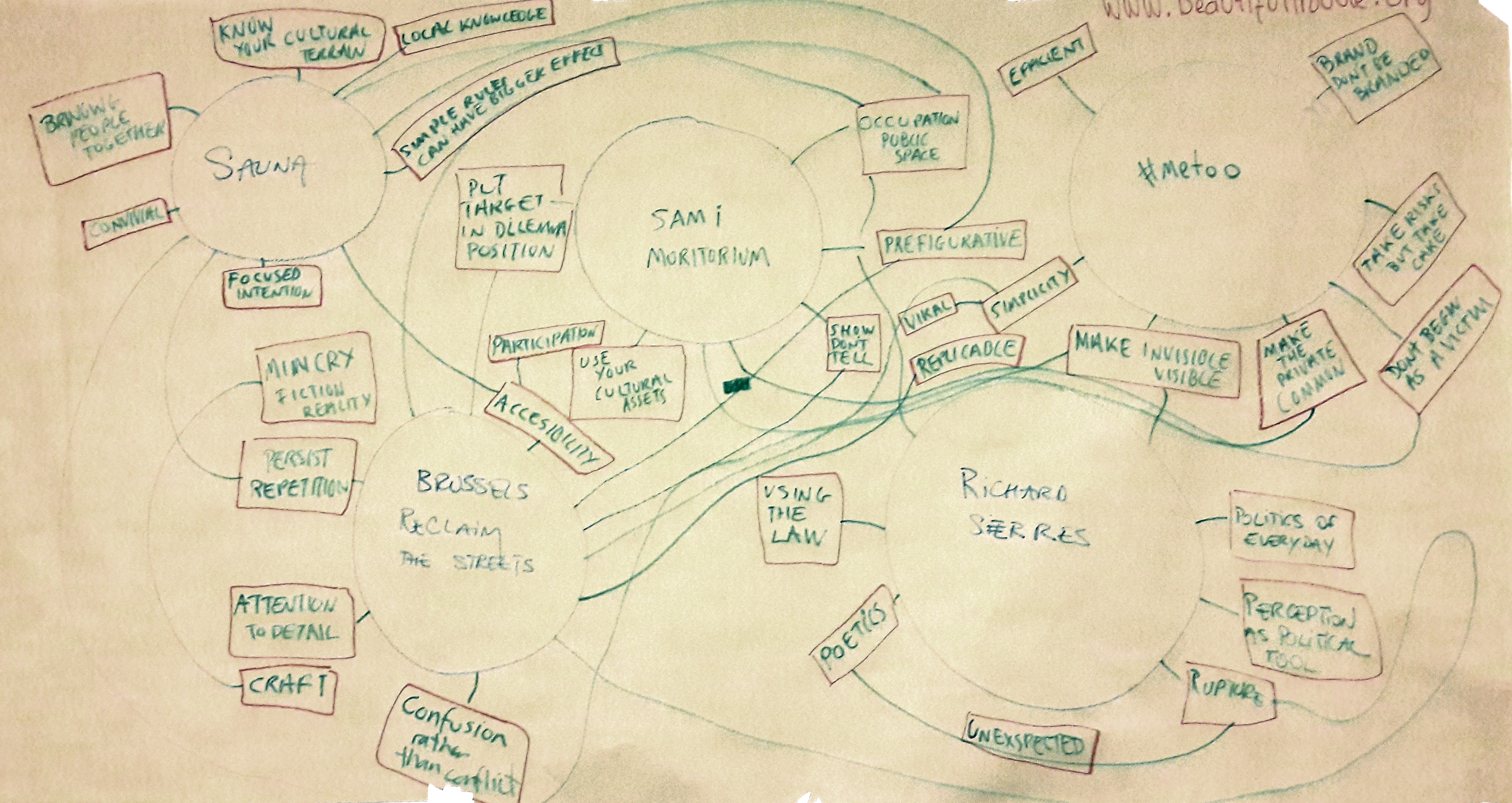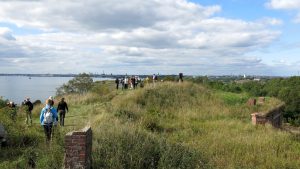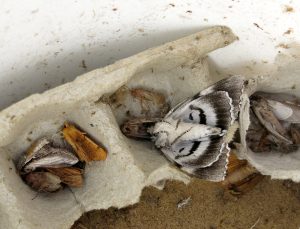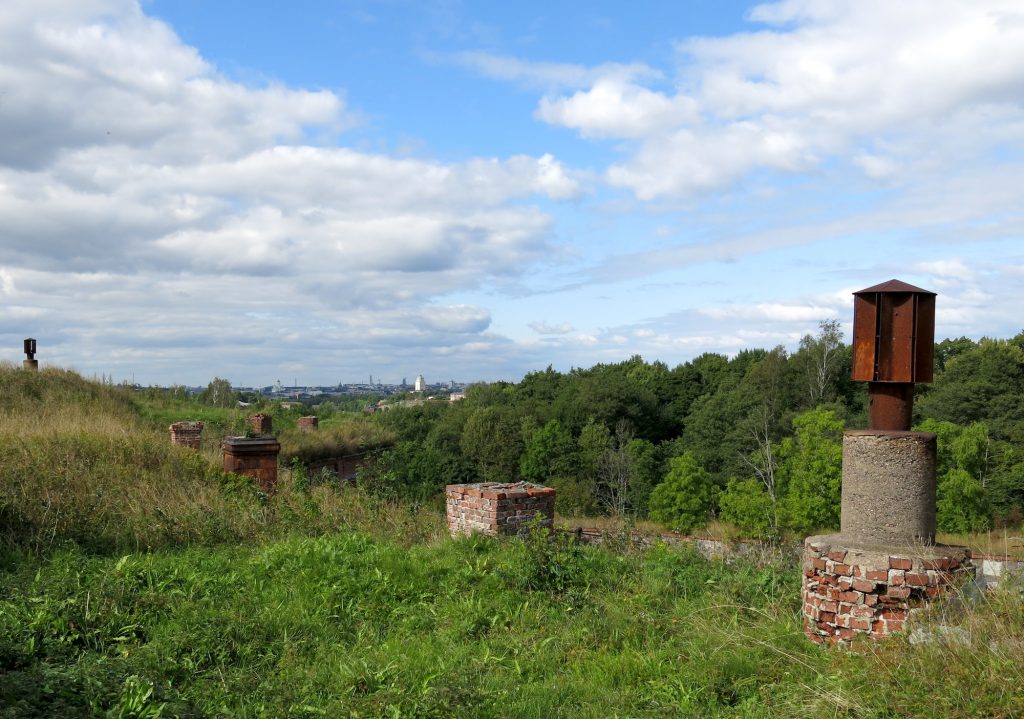Text by Marianne Santala
The action is on.
Our pre-exercise for the camp was to choose the best action around any issue. Here we were divided into groups and we told the chosen actions as stories to the other group members. Then every group picked one action and performed it to the other groups. The extra challenge was to present the action without saying any words. We were allowed to use any material that was available on the island.
We made performances of five different actions, which handled social and ecological issues in our society.
Sompasauna is a sauna located in Kalasatama, Helsinki. It was built on a wasteland of a former harbor by a couple of men who had found an abandoned stove. It is made mostly of construction waste and was the first public mixed sauna in Helsinki.
In 2017, Sami activists occupied an island in the Tenojoki or Tana river region straddling the border between Norway and Finland. The purpose was to protest against new rules which restrict the traditional Sami fishing technique. They also declared a moratorium on the fishing regulations.

Residents of Brussels had a picnic to reclaim the streets in 2012. There were at least 2000 residents having picnic in one of the central avenues of Brussels, and demanding more room for pedestrians and cyclists. Later on Brussels has reduced places downtown where cars are allowed.
#MeeToo is an international movement against sexual harassment and assault. The hashtag started to spread virally in 2017 and it’s meant to reveal the extent of the problem as well as stand in solidarity to those who have been hurt. The movement has aroused public discussion around the topic in global scale.
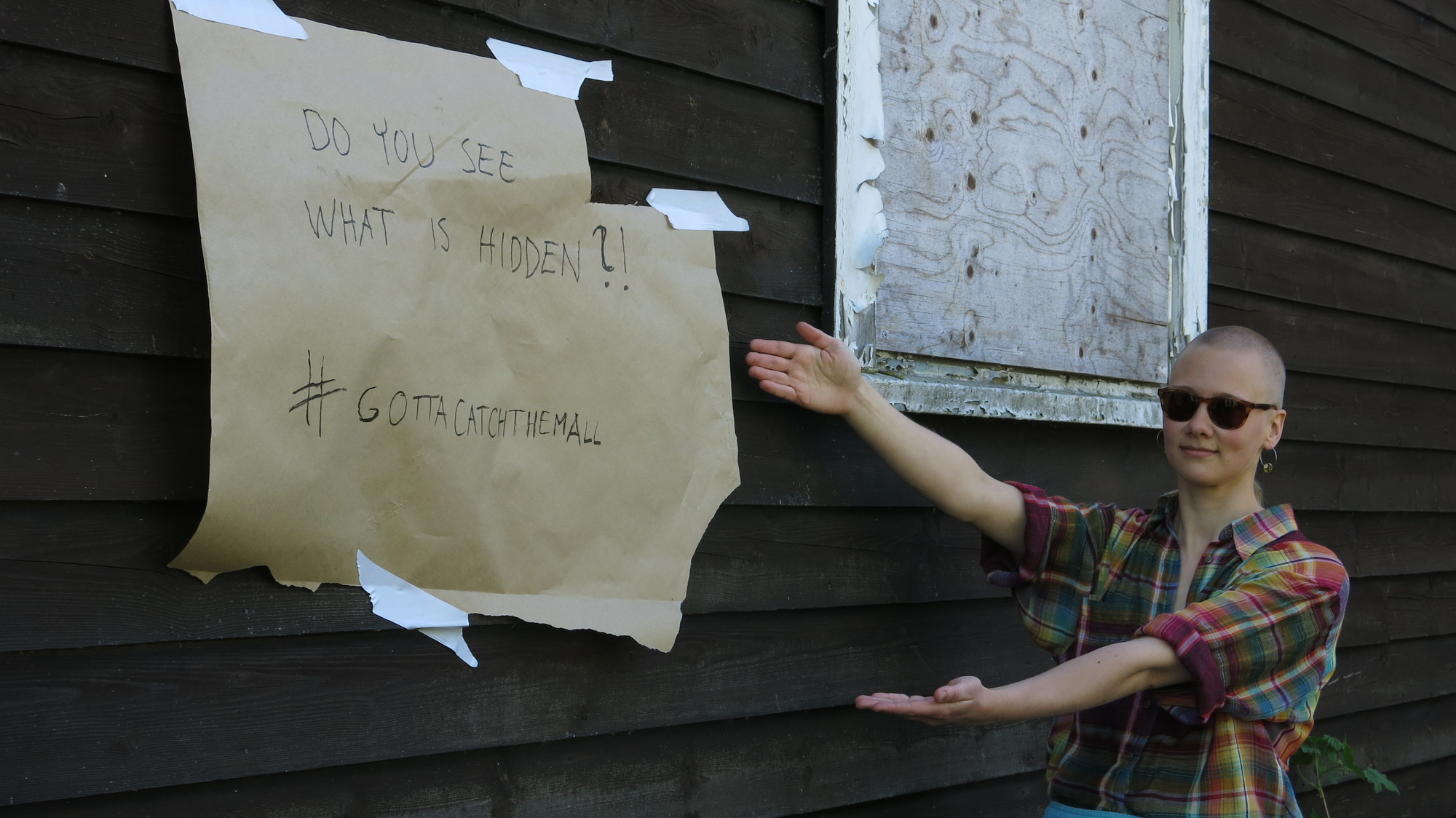
Tilted arc by Richard Serra was a public art installation displayed in Manhattan from 1981 to 1989. The sculpture consisted of unfinished rust-covered COR-TEN steel plate placed in the Federal Plaza. According to Serra, the purpose was to make the viewer become aware of himself and of his movement through the plaza. It was finally removed because it gained so much critic, since people working in the area found it ugly and disruptive to daily routines.
After performances we made conclusions by collectively creating a mind map around the actions through discussion.
